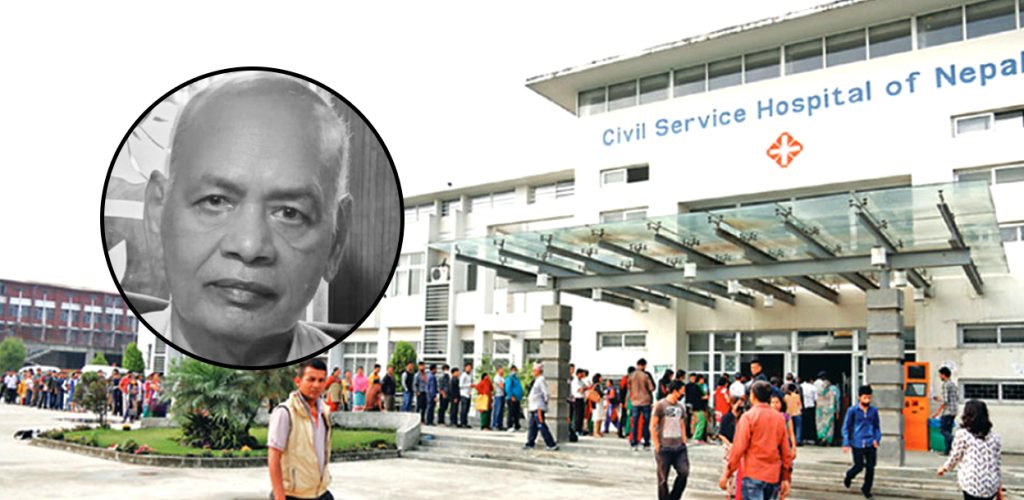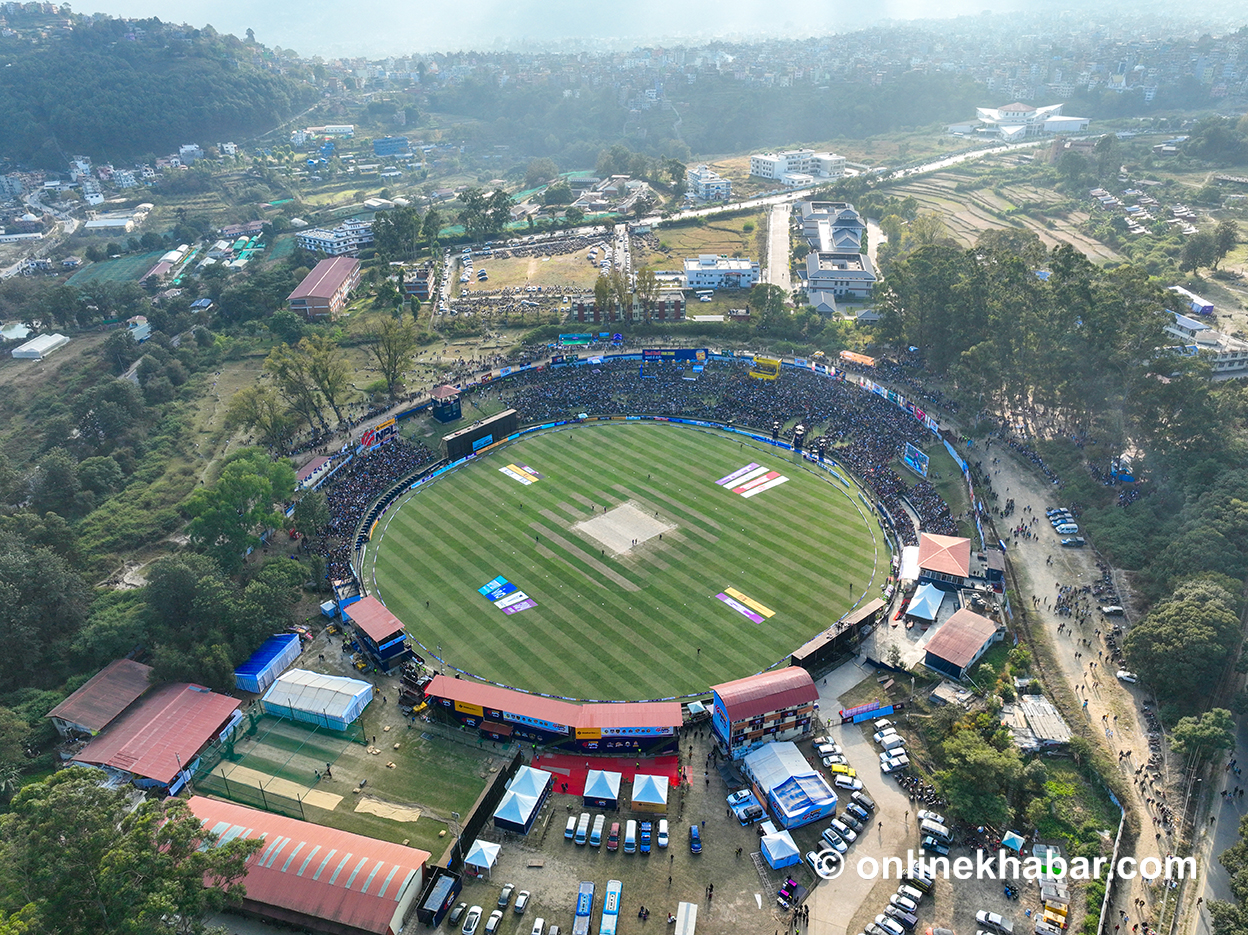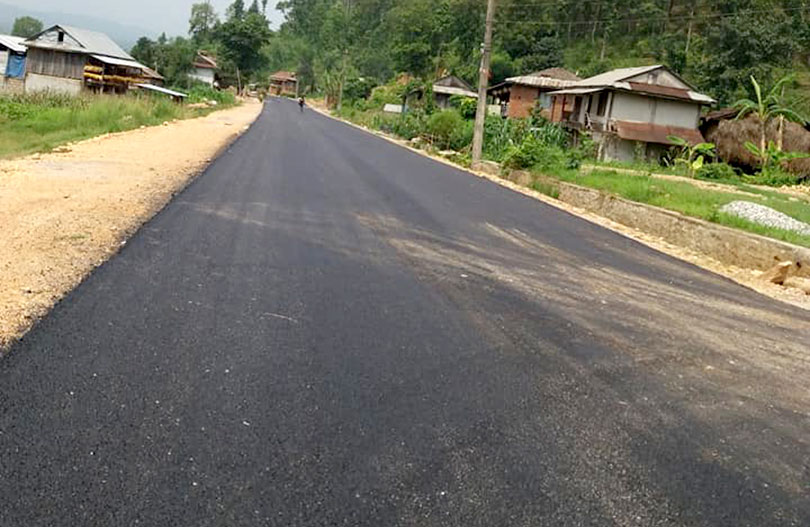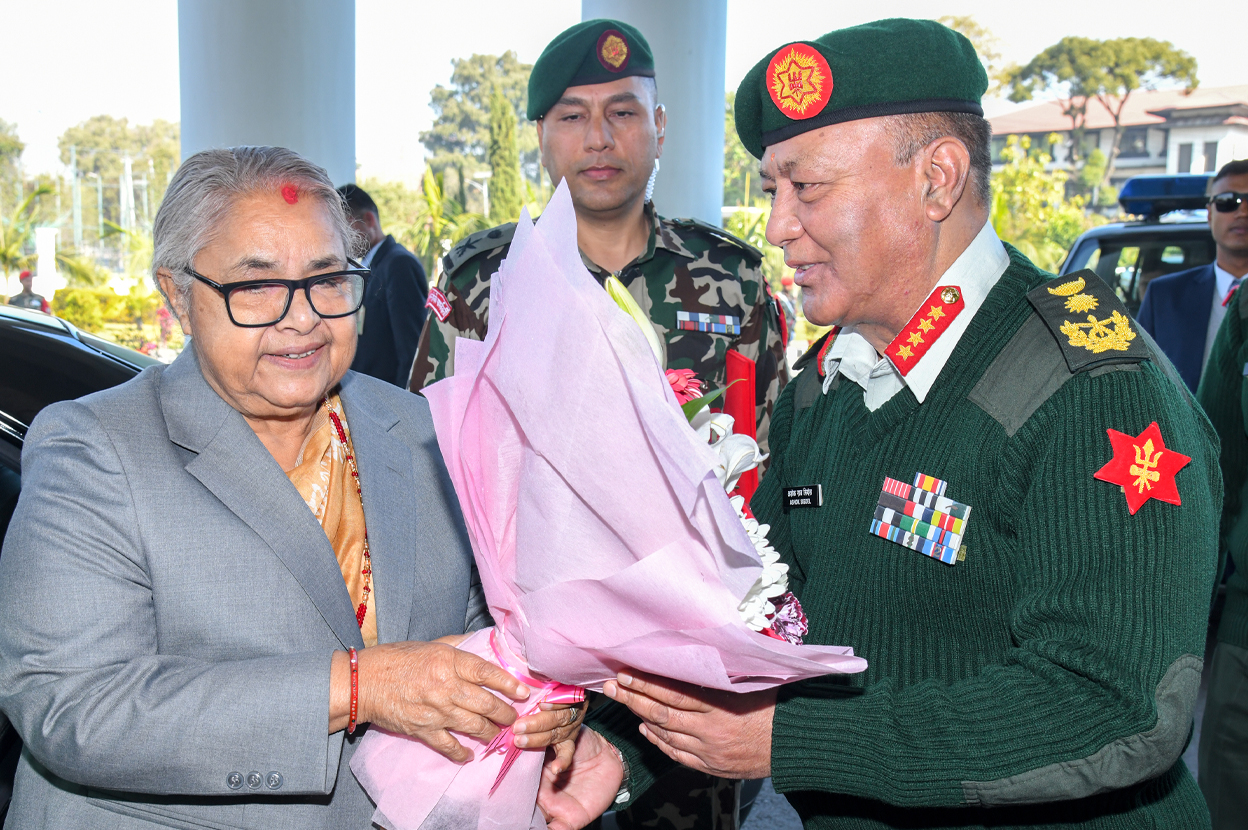
Globally, the system of managing migrant workers, especially domestic workers, in the Philippines is regarded as exemplary. Out of the country’s population of over 116.9 million, around 10 million Filipinos are employed abroad, and 1.9 million of them are domestic workers, according to statistics.
Filipinos migrate to many countries for employment. Those who go abroad generally possess higher skills, language proficiency, and competencies. As a result, they not only earn higher wages but are also considered more competent compared to workers from other countries.
Many of the country around the world have been following the Philippines’ labour migration system. In Nepal, too, discussions have been ongoing, with increasing calls to adopt a similar model. Countries such as Nepal, India, Bangladesh, Pakistan, and Sri Lanka have emphasised the need to learn from the Philippines’ migration system.
There is growing interest in what kind of labour migration model the Philippines has adopted, and how it recruits and sends workers abroad.
HomeNet Philippines has been working in the field of domestic workers. Recently, representatives from various countries, including the Philippines, visited Nepal to study and understand the situation of Nepal’s domestic workers.
On this occasion, Onlinekhabar spoke with Victoria Acquino de Jesus, Vice President of HomeNet Philippines. During her visit to Nepal, she discussed the Philippines’ system, which is based on worker protection, deployment of skilled manpower, and strong bilateral agreements.
In the conversation, Victoria was asked about the status of domestic workers in the Philippines. She explained that in the Philippines, domestic workers are called Kasambahay, meaning someone who lives in the household or does household chores.
The Kasambahay Law of 2013 established legal provisions to protect the rights and safety of domestic workers. Just as there is a separate law for migrant workers, the protection of domestic workers is ensured by this law. The system is anchored at the local government level, known as Barangay. Each barangay is legally required to maintain a Kasambahay Desk to monitor and register domestic workers and ensure implementation of protective measures.
“In the Philippines, we have a village-level government structure, and the law mandates monitoring of Kasambahay, including their registration,” she says. “They set up Kasambahay desks that supervise and enforce the law.”

Registered domestic workers gain access to important social security programs such as health coverage and social pensions upon reaching the age of 60 or 65. These benefits are funded by contributions from both the Kasambahay and their employers, Jesus says.
HomeNet Philippines is also actively working to organise and register unregistered domestic workers as “home-based workers,” enabling them to access social security programs.
In cases of abuse, the Philippines has established mechanisms at the local level, including Women’s Desks for victims of violence and referral systems for workers abused by employers. Community peace and security teams, known as Barangay Tanods, conduct regular patrols, and a 24-hour hotline service is available. According to her, the state takes domestic workers’ safety and welfare very seriously.
In Nepal, however, the situation of domestic workers is very weak. Workers who have been engaged in household work for years struggle to find solutions when faced with major financial problems. Many are forced to work in multiple homes and offices just to sustain their livelihoods.
After learning about the situation of domestic workers in the Philippines, the discussion turned to migrant workers.
The Philippines’ success in migrant worker management is also attributed to its strong labour laws and effective negotiation capacity. Filipino workers, particularly women who make up around 60 per cent of migrant workers, are usually skilled. This enables them to secure better positions and conditions compared to workers from other countries, Victoria said.
“For migrant workers, we have many mechanisms in every embassy to monitor their situation. Civil society organisations are also present. We have entered into strong bilateral agreements,” she explained.
A major factor contributing to this model is the establishment of the Department of Migrant Workers. Its leadership has strong ties with labour organisations, ensuring a robust and active approach to advocating for migrant workers’ rights. This commitment is also reflected in bilateral agreements, which enable the Philippines to secure favourable conditions for its workers.
According to her, collaboration with NGOs and civil society has further strengthened support for migrant workers. The Philippines’ model not only relies on strong policies but also significantly benefits from the contributions of individuals with labour movement backgrounds in government.
This has helped integrate workers’ concerns into policymaking, ensuring better social security and representation for migrant workers.
Victoria added that every Philippine embassy has mechanisms to monitor the condition of migrant workers, always prioritising the welfare of its own citizens.
Speaking to Onlinekhabar, she also stated that, although the Philippines has laws and bilateral agreements in place regarding the protection of migrant workers’ rights, they are not perfect. There are lapses in their implementation, partly due to limited human and financial resources available for monitoring and enforcement. Moreover, the persistence of patriarchy and sexism in both the Philippines and destination countries continues to undermine the protection of migrant workers. Filipino women, who make up the majority of those deployed abroad, often find themselves in gendered and undervalued occupations such as domestic work and caregiving. These jobs are typically excluded from standard labour protections, leaving women more exposed to unsafe working conditions, long hours, and unfair treatment.
Because of entrenched gender inequalities, women migrant workers face higher risks of trafficking, sexual harassment, abuse, and even rape, both during recruitment and while employed abroad. In many cases, power imbalances between employers and workers are reinforced by cultural and legal systems that favour the employer, making it difficult for victims to seek justice. Even when protections exist on paper, the realities of patriarchal structures and sexism mean that women continue to be treated as “secondary” workers valued for their labour but not accorded full dignity, rights, and protection.
“At the same time, labour migration has profound effects on the Filipino family system and carries significant social costs. Many migrant workers who choose to pursue greener pastures abroad leave their families behind in the Philippines,” she says. “Their children are often placed under the care of relatives or even non-relatives, creating emotional gaps and vulnerabilities that are not easily addressed by laws or policies alone.”
While the Philippine model offers valuable lessons in worker protection and negotiation, it also exposes the persistent gender inequalities and social costs that come with large-scale migration. For countries like Nepal, the challenge lies in learning from both the successes and the shortcomings of this system to design a more inclusive, gender-sensitive migration policy that truly protects workers at home and abroad.



















